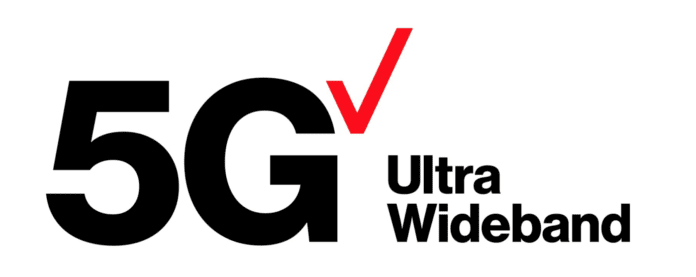Verizon CFO talks millimeter wave 5G, DSS and mid-band
With COVID-19-related restrictions emptying out central business districts, shopping centers and large public venues, there has been discussion in the telecom industry around whether millimeter wave 5G investments, designed to support user-dense areas, will continue at the same pace.
Verizon has been the most bullish of the U.S. carriers on millimeter wave, currently offering millimeter wave 5G service in more than 30 cities and a number of NFL stadiums and arenas that host NHL and NBA games.
During the recent MoffettNathanson Media and Communications Summit, Founding Partner Craig Moffett asked Verizon EVP and CFO Matt Ellis about this. According to a transcript of the interview, Moffett asked, “Because of the nature of millimeter wave spectrum and its relatively short distance propagation, your capital spending has been very much targeted at dense urban and, in particular, within dense urban, gathering places, so stadiums and arenas and airports and what have you, places that, at least today, Americans are necessarily avoiding. Does any of that change the way you think about your capital investment priorities?”
Ellis tied the focus on millimeter wave the company’s messaging around the eight “currencies” of 5G: throughput, service deployment, mobility, connected devices, energy efficiency, data volume, latency and reliability.
“We talked about the eight currencies. You’ve heard us talk about that for a couple of yeas now,” Ellis said. “But you’re only going to get the benefits of 5G if you have enough spectrum to go with it. And the best place to get enough spectrum was in millimeter wave, which is why it’s been years and years now that we’ve been focused on that as a primary delivery of 5G to the market.”
In terms of deployment in user-dense areas, Ellis said that’s “where we’ve started because it’s where most people have been, a lot of usage has been.”
Ellis didn’t specify whether Verizon intends to shift its deployment strategy away from dense areas, and the conversation with Nathanson then shifted to mid- and low-band spectrum, as well as Dynamic Spectrum Sharing, which allows an operator to transmit LTE and 5G NR in the same band at the same time.
He said DSS software is currently being deployed ahead of being ready “later this summer,” although activation “will be based off of commercial decisions.” DSS, Ellis said, “gives us that ability to provide a coverage layer and then you bring the millimeter wave in on top of that to provide the use cases, especially for business customers where they want those use cases to be provided.”
Ellis didn’t comment in detail on strategy around the upcoming CBRS auction or a planned C-band auction beyond noting that, “Our strategy is based off the spectrum we own today.” C-band provides “incremental optionality…But, as I say, we’re very comfortable with the spectrum that we own today in terms of our ability to build out our 5G strategy.”

